Rethinking food systems in East Africa amid conflict, climate change and rising hunger

Uganda is often described as Africa’s breadbasket, but it still faces a multipronged challenge in eradicating hunger. Floods earlier this year followed a prolonged drought. Global supply disruptions sparked by the pandemic – and later the war in far-off Ukraine – sent prices soaring for imported foods at home.
But in Uganda’s western Masindi district, a group of smallholder farmers is winning a key battle in the bigger food security war – sharply cutting crop losses thanks to training in better storage and post-harvest handling techniques, supported by the World Food Programme (WFP) and its partners.
Their experience – and WFP’s broader work in East Africa – offers one example of the importance of holistic thinking and collective action highlighted this week (July 24-26), when some 2,000 participants, including leaders from roughly 160 countries, meet for a UN Food Systems “Stock-taking” summit in Rome.
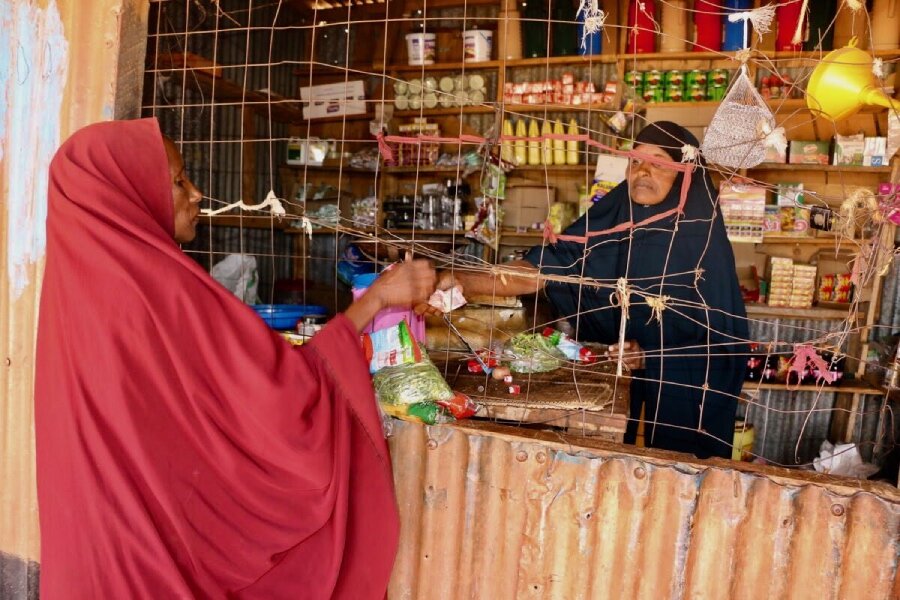
Traditional humanitarian assistance “cannot keep pace” with today’s soaring and complex hunger demands without simultaneously addressing their root causes, says WFP East Africa Senior Advisor Sibi Lawson-Marriott. She specializes in food systems and the closely entwined issues of climate action, resilience building and women’s empowerment.
“We need a new approach,” Lawson-Marriott adds, at a time when hunger is fueled by a mix of factors, including conflict, biodiversity loss, supply shocks and the growing climate crisis. “Otherwise, we’re not going to be able to fulfill our mandate of zero hunger. And the world badly needs us to do that.”
Systems action
Two years after the first groundbreaking Food Systems Summit, this week’s “stocktaking” edition - in collaboration with WFP and the UN’s two other Rome-based agencies, the Food and Agricultural Organization (FAO) and the International Fund for Agricultural Development (IFAD) - comes at a worrying time.
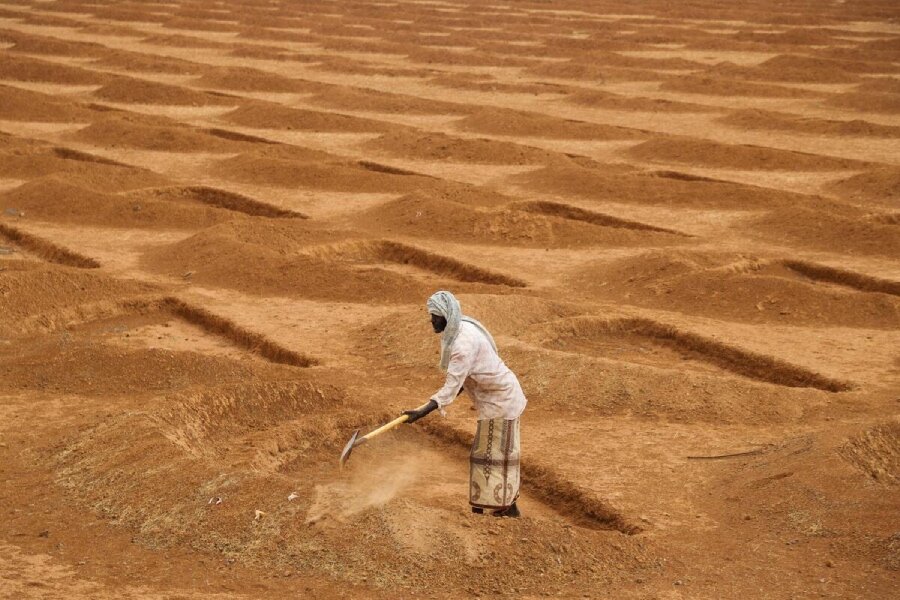
Some 345 million people globally face crisis levels of hunger, nearly half of whom are children. Hunger is on the rise in some of the poorest parts of the world, including throughout Africa.
The summit aims to review progress since the 2021 meeting, and find practical ways to speed up achieving sustainable, equitable, healthy and resilient food systems - which basically comprise everyone and everything involved in producing, distributing or consuming food.
The last food systems summit, Lawson-Marriott says, “drew the world’s attention to the fact that there are global but also local food systems - and that they are failing in their core business.”
This time around, WFP is pushing for more action in several specific areas, from boosting ecologically sound, local food production and reducing post-harvest losses, to giving women and youth bigger voices in developing resilient food systems.
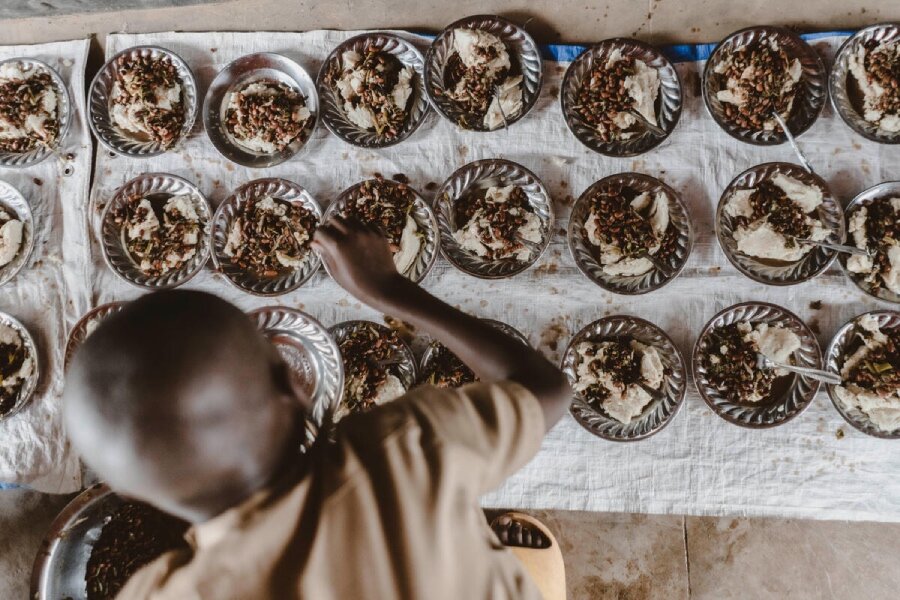
Also key is the powerful role played by school meals which are foundational for children’s futures, but can also help lift up smallholder farmers and entire communities when programmes are inclusive and food is sourced locally.
Climate and conflict
In 2021, WFP East Africa developed a regional food systems strategy, and worked with governments, humanitarian partners and the private sector in areas that include optimizing local procurement, promoting climate-smart agricultural practices and stimulating investments in the local production of specialized nutritious foods.
Because we are one of the region’s biggest food buyers, WFP can play a catalytic and positive role in transforming local food systems, Lawson-Marriott says.
“When WFP distributes cash transfer of a million dollars in a small refugee settlement, for example, that’s a huge market opportunity,” she says, describing one way WFP delivers food assistance. “And if we can support local producers to take advantage of that - that’s a systems action.”
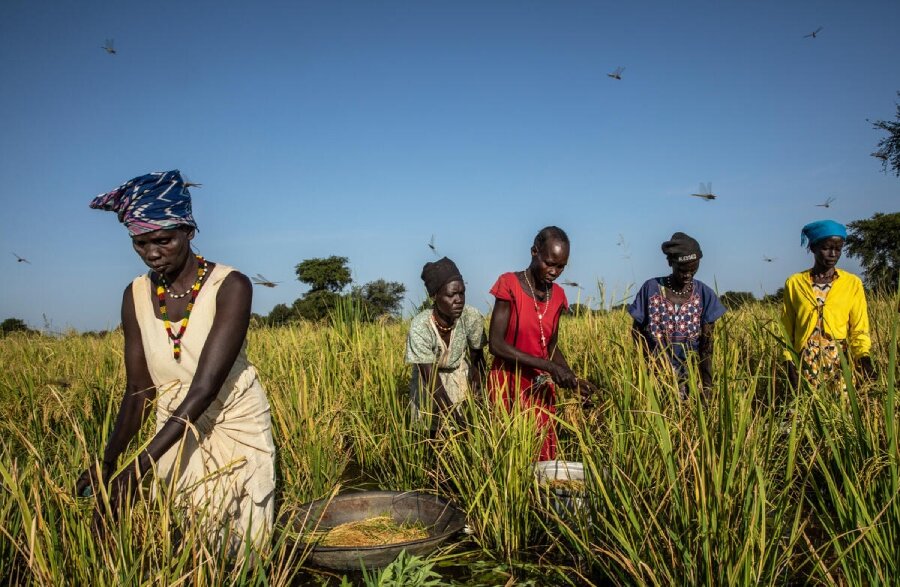
WFP is also working to shore up sustainable water supplies for farmers and pastoralists, which again can help strengthen food systems in a region that has been hit by both climate-intensified floods and drought in recent years. In May, WFP and the UN Environmental Programme, UNEP, signed an agreement in Nairobi to beef up water security that looks at related problems of environmental degradation and ecosystems loss.
“Our partnership will reduce humanitarian needs and support long-term solutions to hunger,” said WFP’s Executive Director Cindy McCain at the time.
WFP is similarly building broad partnerships to help rural communities better anticipate and respond to climate-driven disasters. We are providing packages of microinsurance and resilient seed varieties to farmers, for example, or climate insurance so they can recover after a shock hits.
“Building climate resilience is challenging because you have to bring a lot of different parts of a house together,” says Lawson Marriott. “Meteorological departments, humanitarian responders, governments, community leaders.”

In nearly every country in the region, she says, WFP has built a system for anticipatory humanitarian response ahead of a shock. “That’s going to have an impact much beyond anything we could have given any one individual or family,” she adds.
Unrest is another shock that has hit food systems in multiple East African countries.
“There’s no question that conflict is one of the biggest drivers of need in our region,” says Lawson Marriott. “It intersects very noxiously with the climate issues as well, as there’s often an underlying concern about increasingly scarce natural resources at play, in some form.”
Where we can, we focus on building local resilience. In conflict-torn Sudan, for example, WFP has stepped in to hold the country’s national climate insurance policy that supports smallholder farmers.
Women as change-agents
As turbulent global supply chains drive up food prices, WFP works with East African farmers to shore up local food production - including by reducing post-harvest losses that can account for up to 30 to 50 percent of crop output.
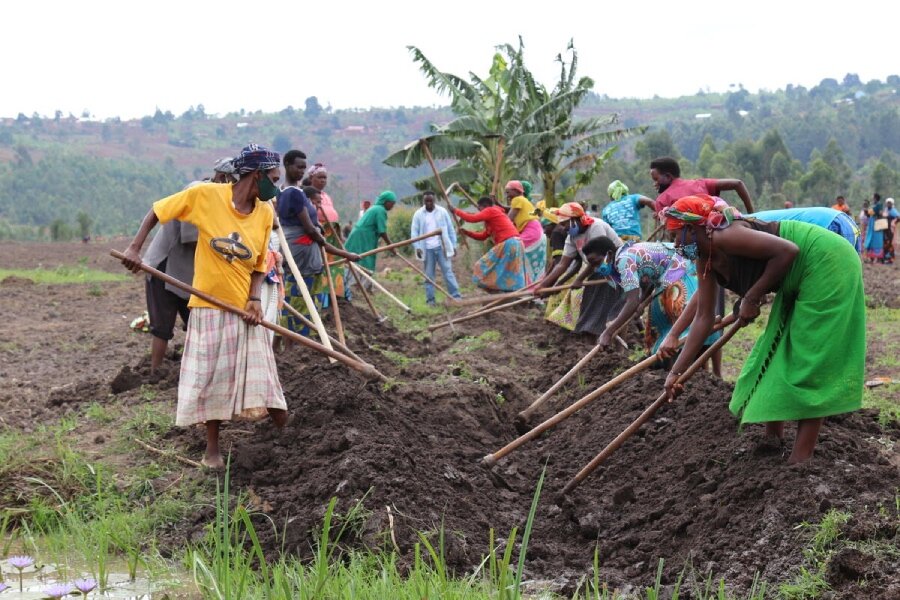
That’s the case in Uganda’s Masindi district, where WFP and partners trained maize famers in the village of Pakanyi on better ways to store and handle their crops.
“Now it doesn’t go bad, even the insects don’t get in,” says grower Patrick Achikali, proudly pointing to the group’s harvest - clean and dry and stored in a warehouse built with WFP and government funds. “We farmers of Pakanyi are really benefitting.”
Women, along with girls, are also at the heart of WFP’s food systems strategy in East Africa.

“We’re highlighting the potential of women as agents of change, as another pathway to lasting food systems resilience,” says Lawson-Marriott. “They are in the fields, growing the crops, dealing with climate shocks. They are in school canteens and home kitchens. They are at the markets, negotiating the prices, managing relationships with customers.”
During her travels in the region, she found that female-run agricultural cooperatives in every country - often formed after women farmers felt sidelined by male-dominated groups or frustrated by the corruption within them - were often the most successful.
“Their cooperatives are often very effectively run,” Lawson Marriott says. “We often see male farmers wanting to join because they’re well organized, and often more profitable.”
